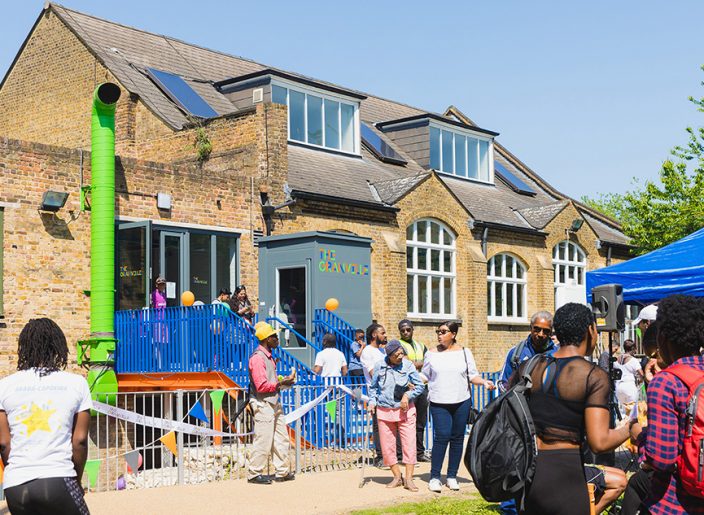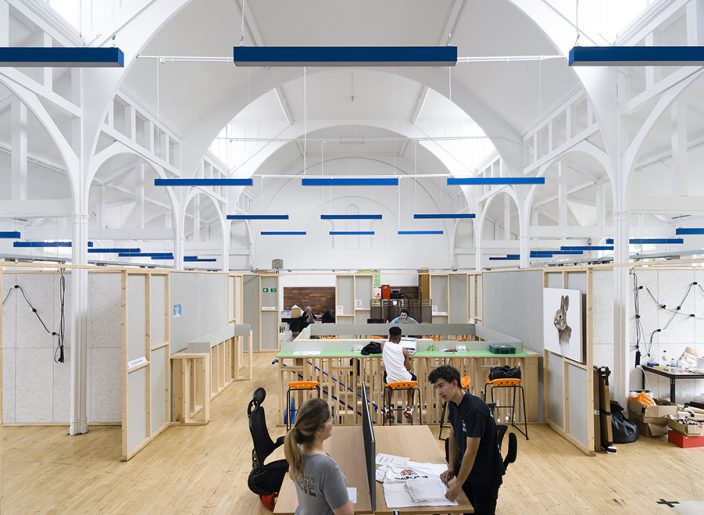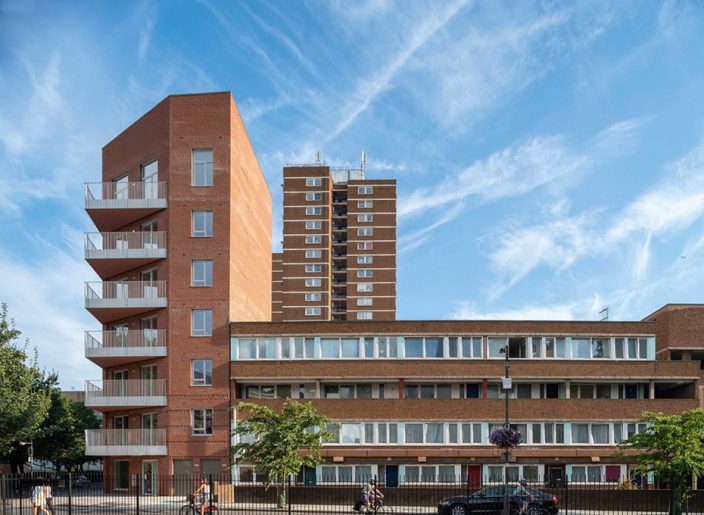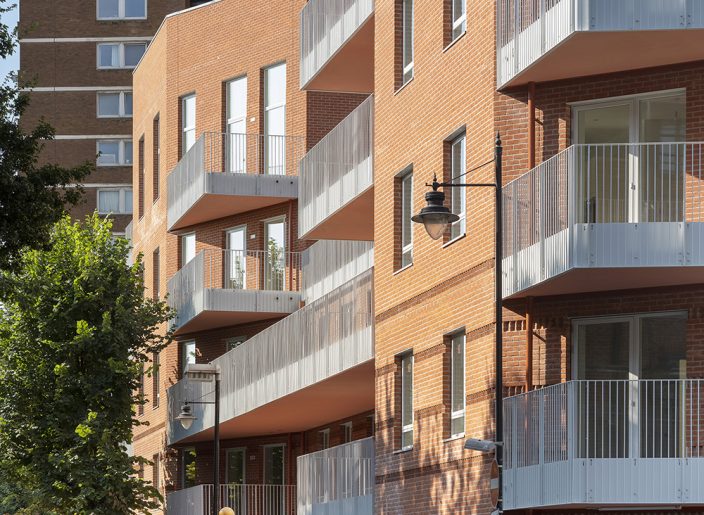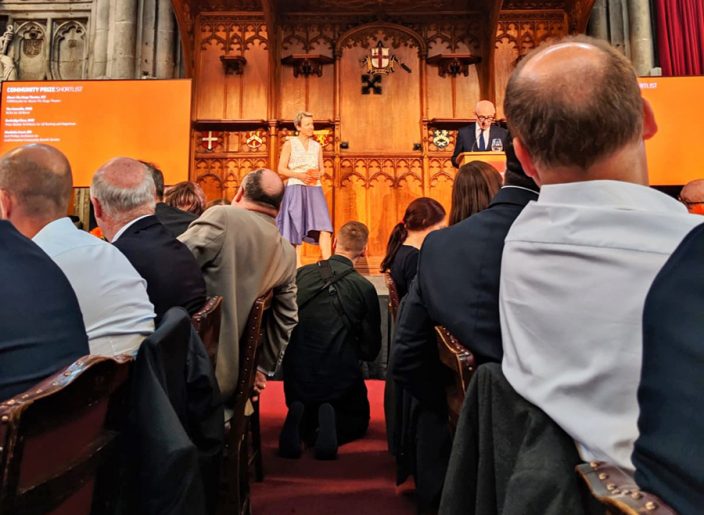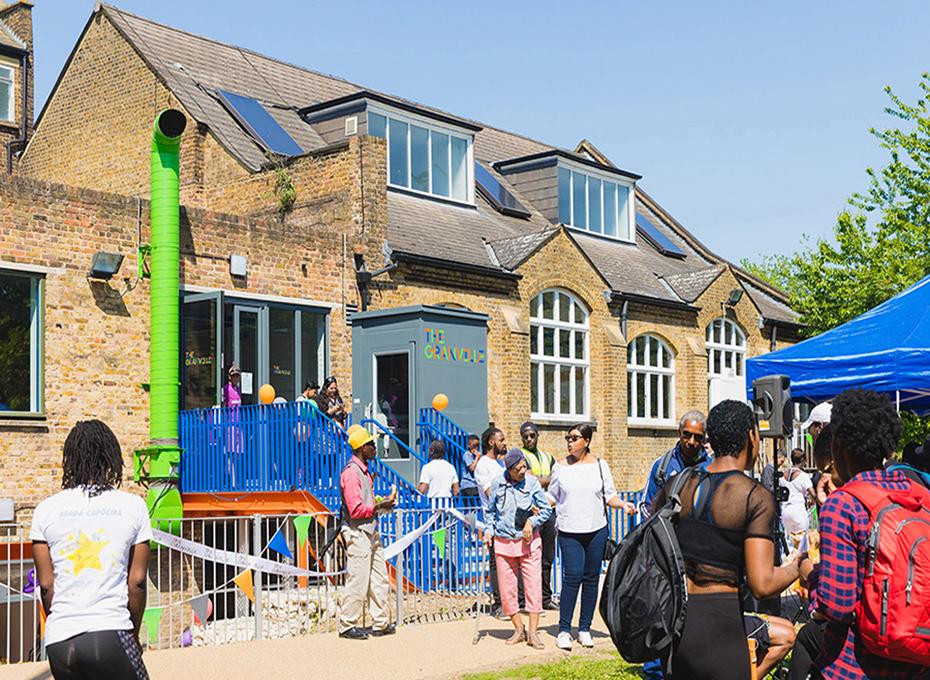
In July 2019, Clare Richards presented the inaugural NLA Community Prize, conceived and sponsored by ftwork. The winner, RCKa’s The Granville, admirably reflects the aims of the award – to put exemplary community design at the heart of London’s development and to celebrate and encourage very best practice.
The New London Awards recognise the very best in architecture, planning and development in the capital, selected by an international expert jury.
Now, more than ever, we need development projects that value existing communities and understand their social context, to ensure a positive impact. This requires local knowledge, ongoing collaboration and a shared vision.
The short-listed projects for the Community Prize are all shining examples of what can be done. The award’s ongoing aim is to promote innovation and best practice amongst architects, developers and local authorities, to improve the quality of the built environment for the future.
The Granville, South Kilburn, has successfully regenerated an existing Edwardian church hall into a mixed use workspace and community hub. It breathes new life into the well-loved existing building through thoughtful and well-designed interventions.
It demonstrates what can be achieved with effective collaboration at every level: community groups come together to save a local authority owned building, funded by the GLA and co-designed with a talented design team. The leader of Brent Council calls it: “An example of what can happen when different parts of the community all come together for a common goal.”
See the other 3 shortlisted projects here – 2 of which won in other award categories: Marklake Court by Bell Phillips Architects, Burbridge Close by Peter Barber Architects and Above the Stag Theatre by FORMstudio. See the NLA Community Prize criteria here.
Note that two of the projects are infill social housing schemes on existing estates, driven by the residents. Together they represent how the tide is turning towards community-driven regeneration. Let’s shout about them as loudly as possible!
